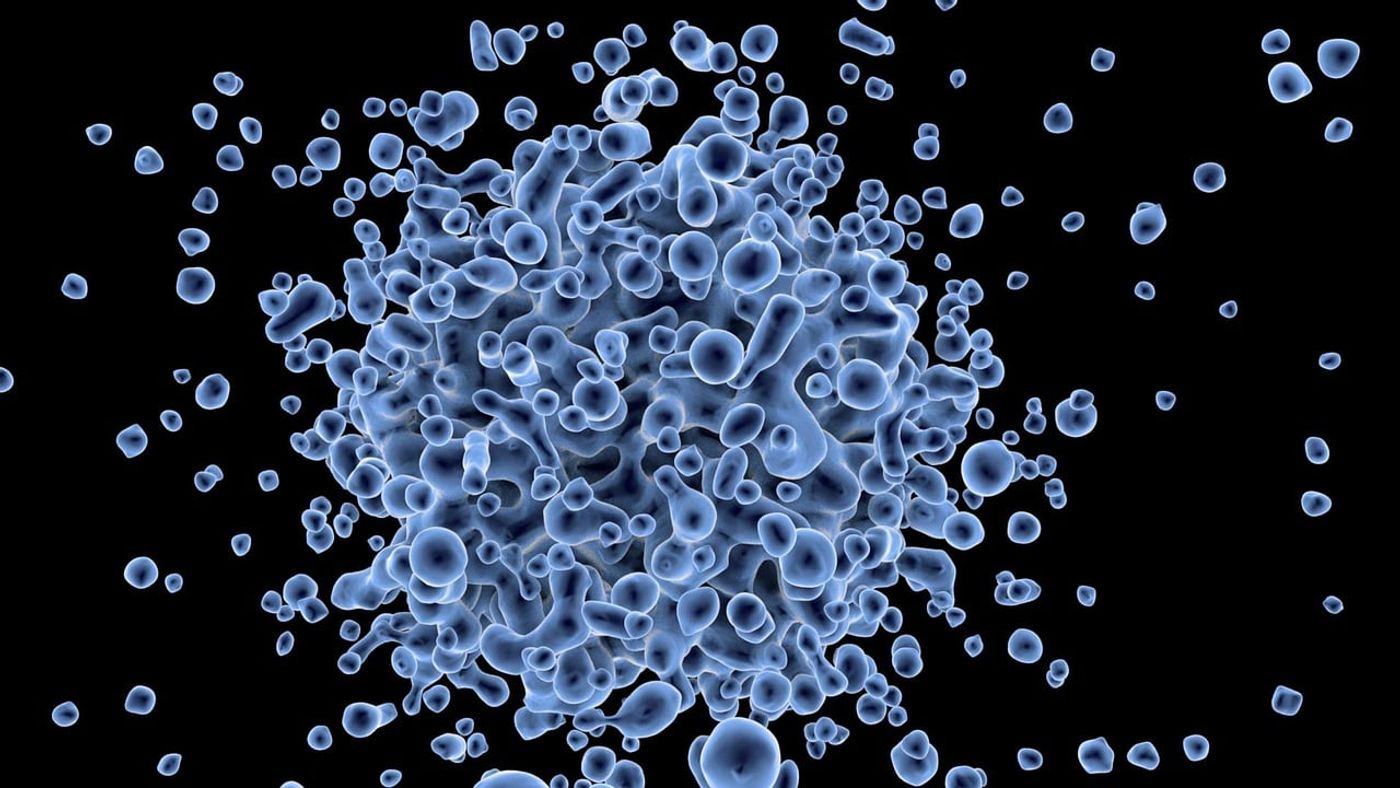Malik and Henikoff noted that the fast evolution of this centromeric histone variant mirrors the rapid evolution of centromeric DNA. In multicellular eukaryotes, centromeric DNA comprises either DNA satellite repeats or arrays of transposable…
Category: 5. Biology
-

Chemical Messenger Induces Cancer Promoting Qualities in Fibroblasts
Chemokines, our body’s chemical messengers, play a crucial role in regulating the immune response. They are secreted by immune cells to stimulate the movement of other immune cells into inflamed regions of…
Continue Reading
-

Oklahoma City bombing trauma changed the ‘actual physical being’ of survivors
Psychological trauma can unfortunately linger for years. However, according to recent research, it may even remain in the bodies of medically healthy…
Continue Reading
-

Immune protein modification blocks viral replication, heart inflammation
Cleveland Clinic virology researchers have found that a specific protein modification to the immune protein MDA5 is key to how human bodies detect and respond to viruses and viral replication.
The PNASpublication explains how two protein…
Continue Reading
-

Scientists develop process using molecules in the cell to identify environmental signals
Scientists have transformed RNA, a biological molecule present in all living cells, into a biosensor that can detect tiny chemicals relevant to human health.
Research by Rutgers University-New Brunswick scientists centers on RNA, a nucleic acid…
Continue Reading
-

Drug pollution alters salmon migration
In the largest study of its kind to date, a team of international researchers has investigated how pharmaceutical pollution affects the behaviour and migration of Atlantic salmon.
The study, led by the Swedish University of Agricultural Sciences,…
Continue Reading
-

Large dormant virus can be reactivated in model green alga
Researchers had been studying the green alga Chlamydomonas reinhardtii for decades without seeing evidence of an active virus within it — until a pair of Virginia Tech researchers waded into the conversation.
Maria Paula Erazo-Garcia and Frank…
Continue Reading
-

Genes in bacterial genomes are arranged in a meaningful order
Bioinformaticians from Heinrich Heine University Düsseldorf (HHU) and the university in Linköping (Sweden) have established that the genes in bacterial genomes are arranged in a meaningful order. In the journal Science, they describe that the…
Continue Reading
-

Researchers put glycemic response modeling on a data diet
If you eat a snack — a meatball, say, or a marshmallow — how will it affect your blood sugar? It’s a surprisingly tricky question: the body’s glycemic response to different foods varies based on individual genetics, microbiomes, hormonal…
Continue Reading
-

The story of dire wolves goes beyond de-extinction
Some question whether the pups are really dire wolves, or just genetically tweaked gray wolves. But the technology could be used to help at-risk animals.
Continue Reading
